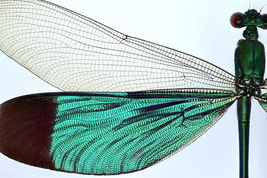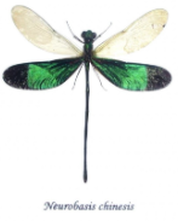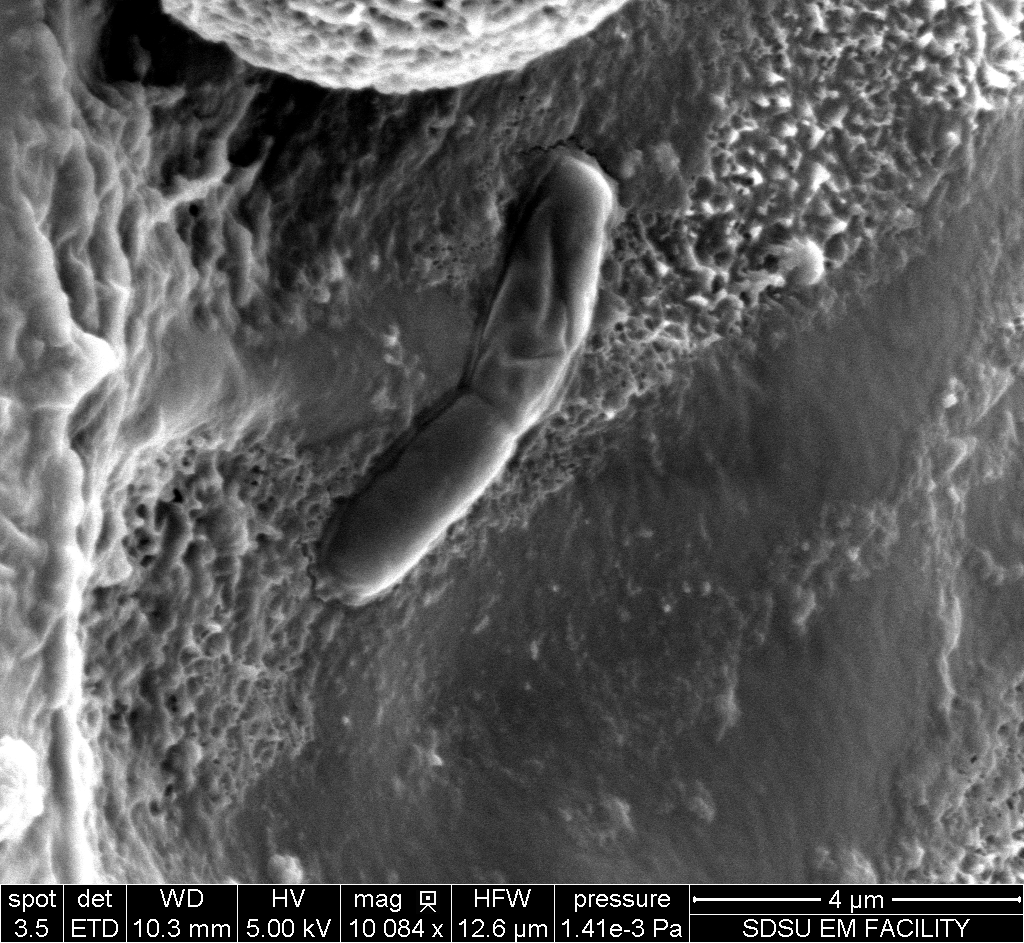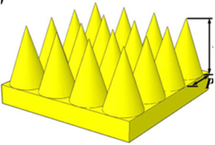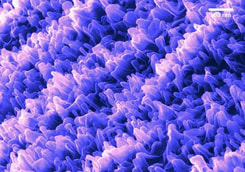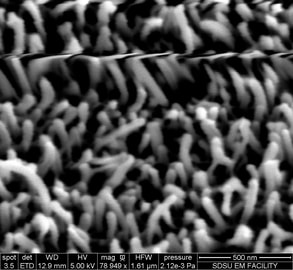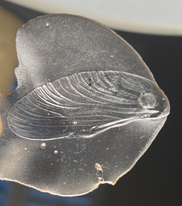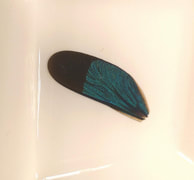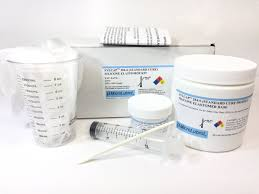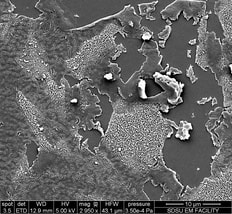|
Problem: About one million cases of hospital acquired infections are associated with implant device every in the United states.
The major cause of infection is when bacteria attach to the surface of implants and grow, forming biofilms. Most antibacterial surface coatings on medical devices and implants use antimicrobial agents/antibiotics to kill bacteria and reduce infection. However these are not long term solutions because can breed resistant bacteria, and patients might be allergic to them as large doses might be harmful. |
Did you know that certain insects such as dragonflies and cicadas have wings that exhibit antibacterial properties?
Their wings have properties that can kill bacteria physically instead of the chemical methods often used.
|
If you zoom in on their wings 100,000 times with an electron microscope, you will see something amazing. Their wings have very small pillars- up to the nanometer size range (200-300 nm in height, 50 nm wide).
One method these nanopillars can kill bacteria is through contact killing. When bacteria lands on the nanopillars, it can stretch the cell membrane of the bacteria or pierce it. This immobilize them and almost burst them. Imagine landing on a bed of large nails- that is the bacteria's fate. |
SEM Image of dragonfly wing nanopillars
|
|
Fascinated by this knowledge, I thought this can be applied in the medical world to reduce implant related infections. Objective of my project: My project aims to biomimic the antibacterial nanostructures of dragonfly wings (Neurobasis chinensis) on Polymethyl methacrylate (PMMA) films and with that, fabricate an antibacterial skull implant prototype. Methods: I didn't have access to advanced technology (UV Lithography, Nano Imprint Lithography), especially during the Covid 19 pandemic, so I had to use another method of fabrication called drop casting. To prepare a dragonfly wing replica, Polydimethylsiloxane (PDMS) elastomer was used to create negative molds of dragonfly wings. PMMA was manually drop casted to negative molds. The replicas were imaged using a Scanning Electron Microscope(SEM) to confirm nanopillar existence. Two types of antibacterial property tests were performed using E. coli K12 bacteria. |
